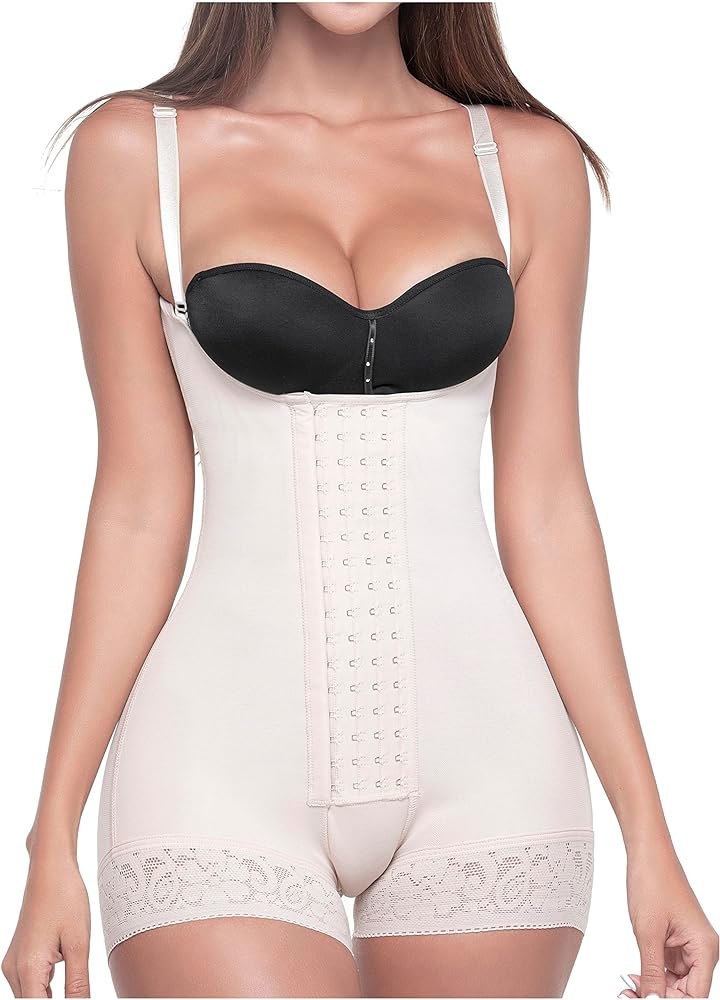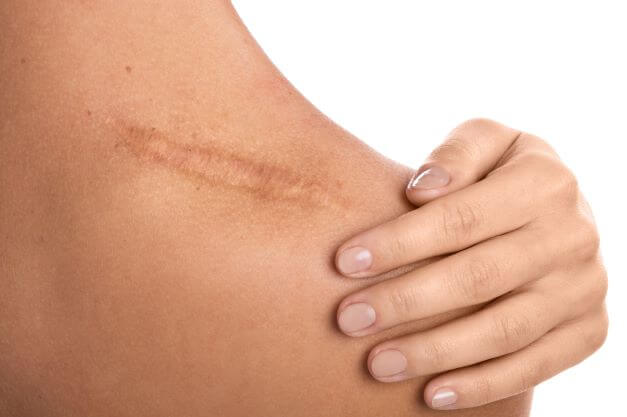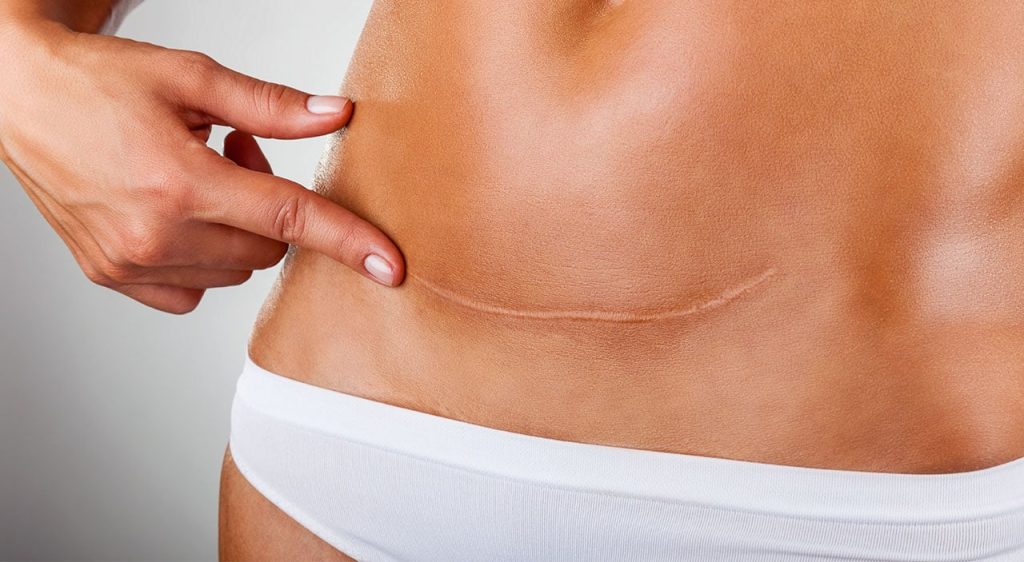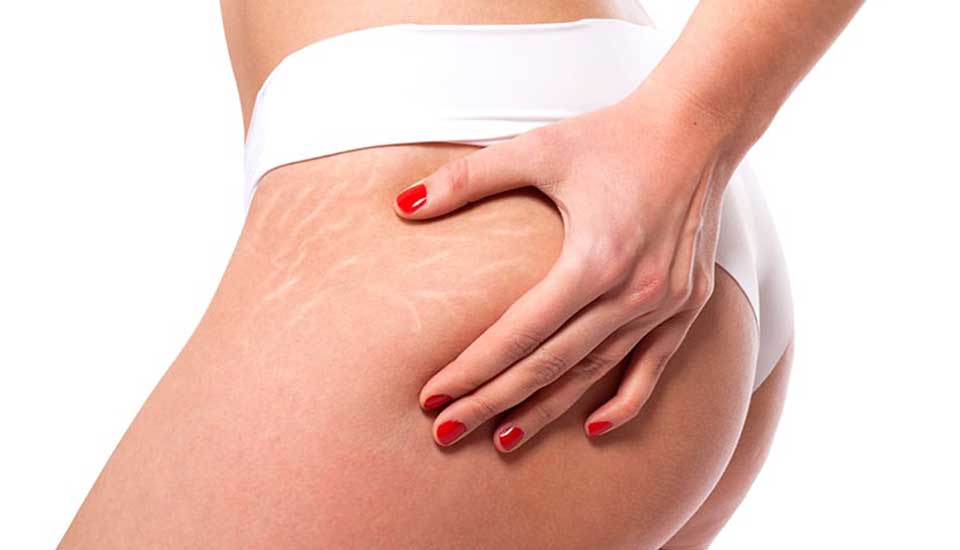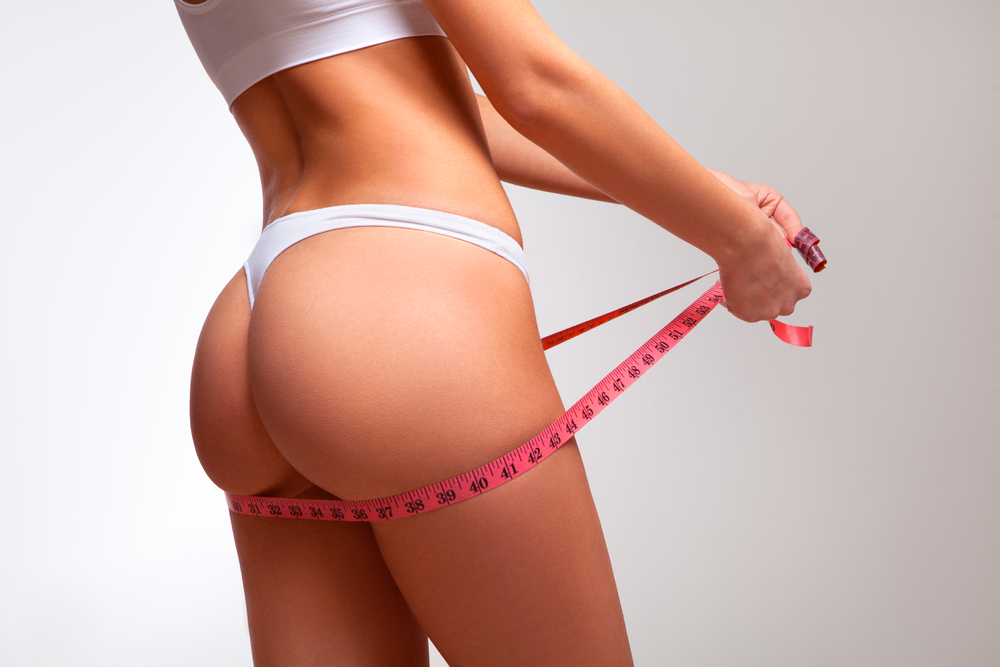Understanding Revision Facelifts
Revision Basics
A revision facelift goes beyond the initial procedure. It corrects or improves upon previous results. This can be necessary when the first facelift, possibly performed by an inexperienced surgeon, doesn’t meet expectations, or years of aging continue to alter one’s appearance after the initial consultation for surgical treatments.
Patients seek revision for various reasons. Some are unhappy with their first surgery’s outcomes. Others notice new signs of aging over the years that they, as people, wish to address with surgical treatments without incisions. The goal is always a more natural, refreshed look.
Skilled Surgeons
Choosing an experienced surgeon is crucial for a successful revision facelift. Their staff’s expertise ensures they understand the unique challenges of correcting a previous procedure, something that often involves tissues and requires a lift. They can predict and manage potential complications better.
A skilled surgeon assesses what went wrong before and devises a tailored plan. This approach increases the chances of achieving the desired outcome this time around.
Patient Expectations
It’s important for patients to have realistic expectations. A revision facelift can offer improvements but isn’t a guarantee of perfection, considering the cost. Open communication with your surgeon about goals, concerns, and cost is key.
Understanding the limitations, cost, and potential of a revision helps set achievable targets. It fosters a positive mindset towards the procedure and its results.
Factors Influencing Revision Costs
Complexity Level
The complexity of the revision procedure plays a crucial role in the overall cost. More complicated cases require longer surgery times and more resources, leading to higher expenses and increased cost. The need for specialized techniques to correct previous surgeries adds to the total cost.
Surgeons must assess each case individually, considering factors like cost, scar tissue, and the patient’s healing from their initial facelift. These assessments directly impact the cost of operating room fees, which are significant components of the final bill.
Geographic Location
Location significantly affects revision facelift costs. Urban areas with a high cost of living typically see higher prices due to increased operational costs for medical facilities. Patients might find more affordable options in less populated regions but should weigh these savings against potential travel expenses, cost, and the convenience factor.
Surgeon Expertise
The surgeon’s expertise is another critical factor. Highly experienced surgeons often charge more due to their advanced skills, successful track records, and the higher cost associated with their expertise. While it might be tempting to opt for a less costly option, remember that skill and experience play vital roles in achieving desirable outcomes, especially for complex revisions.
Additional Procedures
Often, achieving optimal results requires additional procedures, such as a neck lift or fat grafting, which can increase the overall cost. These add-ons increase the average cost of revision significantly but can be essential for harmonious results. Discussing goals, expectations, and cost with your surgeon will help clarify which additional procedures might be necessary.
Unhappiness After Initial Facelifts
Reasons for Dissatisfaction
Many patients experience unhappiness after their initial facelift procedure. This can stem from a variety of factors, including unrealistic expectations or technical issues during surgery. Sometimes, the issue lies with the inexperienced surgeon, leading to less than satisfactory outcomes such as uneven skin tone or visible scar tissue.
Patients often have questions about why their face doesn’t look the way they envisioned. They might notice their skin appearing too tight or, conversely, not lifted enough. In some cases, complications like excessive scar tissue can alter the intended appearance, making certain areas of the face look unnatural.
Importance of Communication
It’s crucial for patients to communicate openly with their surgeon before undergoing a facelift. Setting realistic goals is key to satisfaction with the outcome. A thorough discussion can help manage expectations and clarify what is achievable through surgery.
Surgeons should provide clear answers to all questions and concerns. They must explain how factors like age, skin condition, and previous surgeries could affect the results. This open dialogue helps ensure that both patient and surgeon are on the same page regarding the desired outcome.


Seeking Second Opinions
If unhappy with the initial facelift results, seeking a second opinion is advisable. Another expert can assess whether revision is possible and what approach would best correct any issues.
Consulting with a different surgeon offers fresh insights into what went wrong and how it can be fixed. They might suggest alternative techniques or address problems overlooked by the first surgeon. Getting a second opinion ensures that any decision for revision is well-informed and considers all possibilities for improving appearance.
Revision Facelift Costs in Chantilly
Average Price
The average cost of a revision facelift in Chantilly, Virginia, often surprises individuals. It’s not just a number. It reflects the complexity and expertise required for such procedures. Typically, patients can expect to pay between $8,000 and $15,000. This range is broad due to varying needs.
Each case is unique. Some require minor adjustments, while others need more extensive work. The price tag mirrors these differences.
Personalized Consultation
A personalized consultation is crucial for an accurate estimate. Surgeons assess individual needs during these meetings. They consider your previous surgery’s outcomes and your current desires.
This step ensures that the cost reflects your specific situation. It’s not just about numbers; it’s about understanding what you need and ensuring those needs are met.
Additional Costs
Patients should be aware of potential additional costs. These might include correcting scar tissue or addressing sagging skin that was not adequately treated in the first procedure.
Such issues complicate the revision process. They require specialized techniques that can add to the overall cost.
Enhancing Satisfaction with Revisions
Advanced Techniques
Surgeons often use cutting-edge techniques to improve revision facelift outcomes. They carefully assess the tissues and previous incisions to determine the best approach. This might involve less invasive methods or newer technologies that promote healing and reduce scarring.
Patients benefit from these advancements. They see better results with fewer complications. It’s crucial for them to research surgeons’ experiences with revisions in their initial consultation.
Realistic Expectations
Setting realistic expectations is key. During the consultation phase, surgeons should clearly communicate what can and cannot be achieved. They address any issues from the prior surgery and explain how a revision differs.
Patients should ask questions. They need to understand every part of the process, from incisions to recovery time. Knowing what to expect helps manage anxiety and improves satisfaction post-surgery.
Meticulous Care
Following post-operative instructions is vital for successful healing. Surgeons provide detailed care plans, emphasizing activities to avoid and signs of complications.
Patients must follow these guidelines closely. Proper care ensures the best possible outcome and reduces the risk of needing further revisions.
Timing for Optimal Facelift Revisions
Best Timing
To ensure complete healing from the initial facelift, waiting is crucial. The body needs time to recover fully and for the results to stabilize. This period allows any swelling or bruising to subside and the skin to adjust to its new contours.
Patients should typically wait at least a year before considering a revision. This timeframe gives both the patient and surgeon a clear view of the outcomes and areas that might need refinement.
Patient Satisfaction
Choosing the right moment for a revision can significantly enhance satisfaction. It ensures that changes are made based on stable results rather than temporary post-surgery effects. This approach leads to more predictable outcomes and higher happiness levels among patients.
It’s important for individuals to have realistic expectations and understand that perfecting results takes time. Rushing into a revision without allowing ample recovery time can lead to dissatisfaction and unnecessary complications.
Surgeon Consultation
Consulting with a surgeon is key in determining the best timing for a revision facelift. Each patient heals differently, making personalized advice invaluable.
Surgeons can assess healing progress and guide patients on when a revision would be most beneficial. They consider factors like skin quality, age, and specific concerns raised by the patient. This tailored approach ensures optimal outcomes.
Age Considerations in Facelift Revisions
Patient Age
The age of a patient undergoing a revision facelift plays a pivotal role in the surgical approach and anticipated results. Younger patients, with their higher skin elasticity, often see more dramatic enhancements. They recover faster due to their resilient skin and overall better health.
Older patients may not experience the same level of improvement. Their skin has less elasticity, making it challenging to achieve a youthful look without additional interventions.
Skin Elasticity
Skin elasticity significantly influences the outcome of revision facelifts. Plastic surgeons assess this crucial factor before deciding on the surgical method. High elasticity can lead to better, more natural-looking results. Lower elasticity might require more extensive surgical treatments to reach desired outcomes.
Patients should have realistic expectations based on their skin’s condition. They must understand that revisions might not always restore the initial results achieved years ago.
Health Status
Overall health is another critical consideration for anyone considering a revision facelift. Healthy individuals are likely to see better outcomes and quicker recovery times. Those with health issues may face longer healing periods and increased risks.
Plastic surgeons will evaluate a patient’s health thoroughly before proceeding. This ensures the safest possible treatment plan is chosen.
Differentiating Facelift Types
Standard Facelifts
Standard facelifts target moderate to severe facial aging. They involve repositioning the deeper layers of the face and neck. Recovery usually spans several weeks.
Patients often see dramatic improvements. However, the procedure is more invasive than others.
Mini-Facelifts
Mini-facelifts focus on mild aging signs. They are less invasive, with shorter recovery times.
This type suits younger patients or those seeking minimal changes. It tightens the skin but doesn’t address deeper tissue layers as standard facelifts do.
Revision Facelifts
Revision facelifts correct or improve results from previous surgeries. They are often more complex due to scar tissues and altered anatomy.
The approach is highly customized, requiring a surgeon’s expertise in revision techniques. Recovery time can vary widely, depending on the extent of corrections needed.
Given their complexity, revision facelifts underscore the importance of choosing an experienced surgeon. This choice directly impacts the success of achieving desired outcomes, especially for those transitioning from a standard to a revision facelift or addressing issues not resolved in initial procedures.
Closing Thoughts
Navigating the waters of revision facelift costs requires understanding the factors at play, from the reasons behind dissatisfaction with initial results to the timing and type of facelift that suits your needs. You’ve learned that costs can vary widely, influenced by location, surgeon expertise, and the complexity of your case. Armed with this knowledge, you’re better equipped to make informed decisions about pursuing a revision facelift, ensuring your investment enhances your satisfaction and aligns with your aesthetic goals. Remember, choosing the right surgeon is key to achieving the desired outcome. Don’t hesitate to seek consultations and ask questions. Your journey towards refining your appearance is a significant one; make choices that bring you confidence and happiness. Ready to take the next step? Reach out to a trusted specialist today and explore your options for a successful revision facelift.
Frequently Asked Questions
What is a revision facelift?
A revision facelift corrects or improves results from a previous facelift surgery, addressing concerns like scarring, asymmetry, or premature aging effects post-operation.
How much does a revision facelift typically cost?
Costs vary widely based on location, surgeon expertise, and the extent of the procedure. In Chantilly, prices can range significantly, so it’s best to consult with a specialist for an accurate quote.
Why do some people opt for revision facelifts?
Individuals may seek revision facelifts due to dissatisfaction with their initial surgery outcomes. This could include issues like unnatural tightness, visible scars, or not achieving the desired aesthetic result.
Can timing affect the outcome of a revision facelift?
Yes, optimal timing is crucial for a successful revision facelift. Waiting until the face has fully healed from the first surgery and skin conditions are favorable can enhance the outcome and satisfaction.
Are there age limits for getting a revision facelift?
While there’s no strict age limit, factors such as skin elasticity and overall health are important considerations. The ideal candidate is someone in good health seeking improvements after an initial facelift.
How do different types of facelifts impact revision costs?
The complexity and type of initial facelift can influence revision costs. More intricate procedures require higher levels of skill and longer operation times, potentially increasing expenses.








